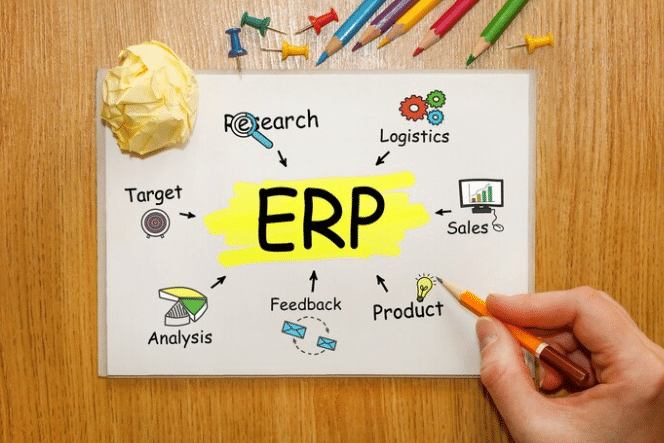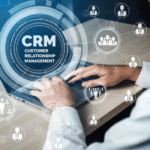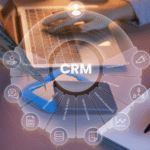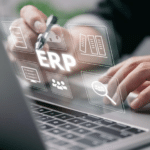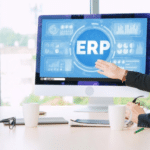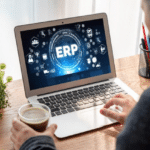Implementing an Enterprise Resource Planning (ERP) system is a significant undertaking for any organization. Whether you’re upgrading your existing system or transitioning to a new one, meticulous planning and execution are essential to ensure a smooth and successful implementation. In this guide, we’ll outline the key steps involved in crafting your perfect ERP implementation plan.
1. Define Your Objectives and Scope
Before diving into the implementation process, clearly define your objectives, goals, and scope for the ERP project. Identify the specific business processes and functionalities you want the ERP system to address. Collaborate with key stakeholders across departments to gather requirements and prioritize features based on business needs.
2. Conduct a Comprehensive Needs Assessment
Conduct a thorough assessment of your organization’s current systems, processes, and IT infrastructure. Identify areas of inefficiency, bottlenecks, and pain points that the ERP system should address. Assess the readiness of your organization for change and determine any potential challenges or risks that may arise during implementation.
3. Select the Right ERP Solution
Evaluate and select an ERP solution that aligns with your organization’s objectives, budget, and scalability requirements. Consider factors such as industry-specific functionality, vendor reputation, deployment options, and post-implementation support. Engage in vendor demonstrations, request proposals, and conduct due diligence to ensure you choose the best-fit solution for your business.
4. Develop a Detailed Implementation Plan
Create a comprehensive implementation plan outlining key milestones, timelines, resource allocation, and responsibilities. Break down the project into manageable phases, such as planning, configuration, data migration, testing, training, and go-live. Define success criteria and establish metrics to measure progress and track outcomes throughout the implementation process.
5. Allocate Adequate Resources and Support
Ensure you have the necessary resources, expertise, and support in place to execute the implementation plan effectively. Allocate dedicated project teams comprising internal stakeholders, IT personnel, functional experts, and external consultants if needed. Provide ongoing training, communication, and change management support to ensure buy-in and adoption across the organization.
6. Customize and Configure the ERP System
Customize and configure the ERP system to align with your organization’s unique workflows, business rules, and data requirements. Work closely with your ERP vendor or implementation partner to map out processes, define system parameters, and configure modules according to best practices and industry standards. Conduct thorough testing and validation to ensure system functionality and data integrity.
7. Data Migration and Integration
Plan and execute a robust data migration strategy to transfer existing data from legacy systems to the new ERP platform. Cleanse, validate, and standardize data to ensure accuracy and consistency across the system. Establish integration protocols to seamlessly connect the ERP system with other business applications, databases, and third-party systems for real-time data exchange.
8. Conduct Comprehensive Testing and Quality Assurance
Prior to go-live, conduct rigorous testing and quality assurance procedures to identify and address any issues or discrepancies in the ERP system. Perform unit testing, integration testing, user acceptance testing, and performance testing to validate system functionality, data accuracy, and user experience. Iterate and refine the system based on feedback and test results to ensure readiness for deployment.
9. Provide Training and Support
Empower end-users with comprehensive training and support to maximize their proficiency and confidence in using the ERP system. Develop training materials, conduct workshops, and provide hands-on guidance to familiarize users with system navigation, features, and best practices. Offer ongoing support channels, such as helpdesk support, user forums, and knowledge bases, to address questions and issues post-implementation.
10. Monitor Performance and Continuous Improvement
Monitor the performance and effectiveness of the ERP system post-implementation to identify areas for optimization and continuous improvement. Establish key performance indicators (KPIs) to measure system utilization, process efficiency, and business outcomes. Solicit feedback from users and stakeholders, conduct regular system audits, and implement updates or enhancements as needed to ensure the ERP system continues to meet evolving business needs.
By following these steps and adhering to best practices, you can craft a perfect ERP implementation plan that aligns with your organization’s goals, maximizes efficiency, and drives long-term success.
